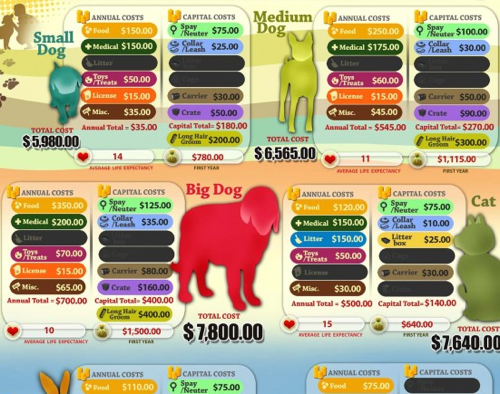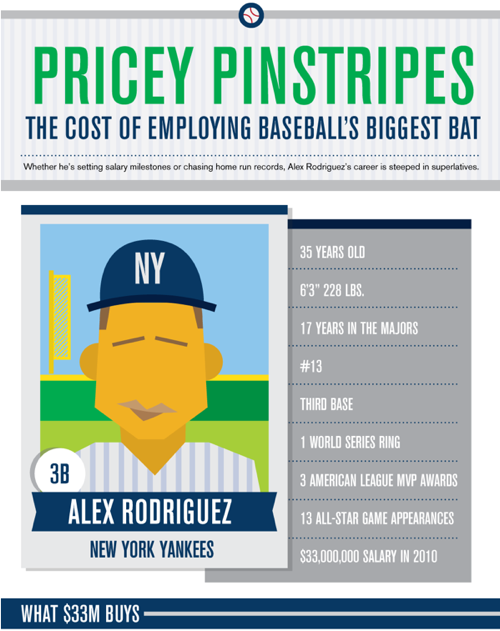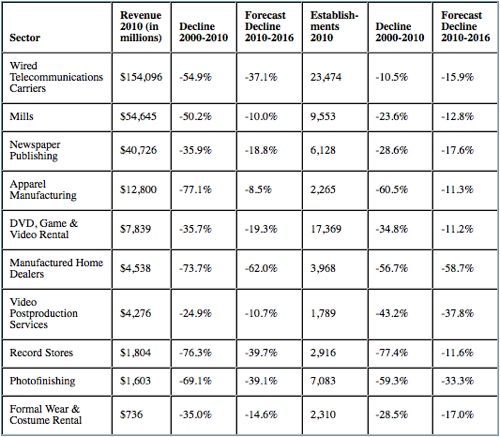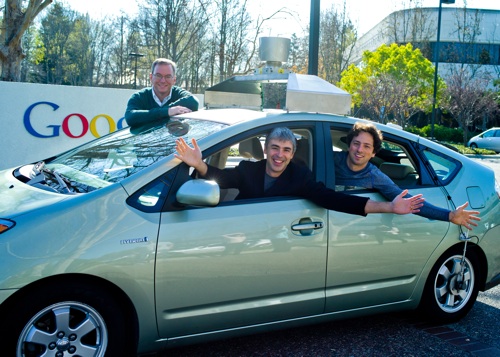If you’ve ever watched the news, you probably know that every problem facing our nation is all one person’s fault: the president.
Well, that’s probably not fair.
This neat-o infographic shows the net worth of every U.S. president and the national debt when they entered and left office. It’s a great perspective during this particular time of budget crisis and finger-pointing.
Do you see any patterns? Is the federal deficit tied to a president’s money-management skills? Wealth? Or something entirely different (like, uh, wars and recessions)?
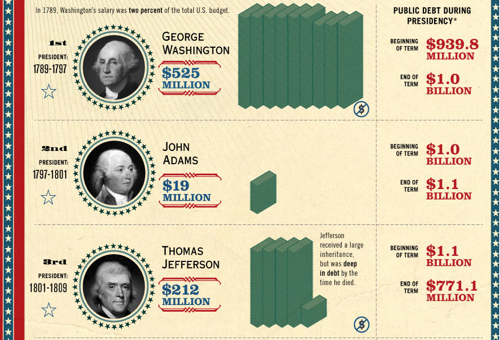
(via credit sesame)
If we need more money, why can’t the government just print more?
